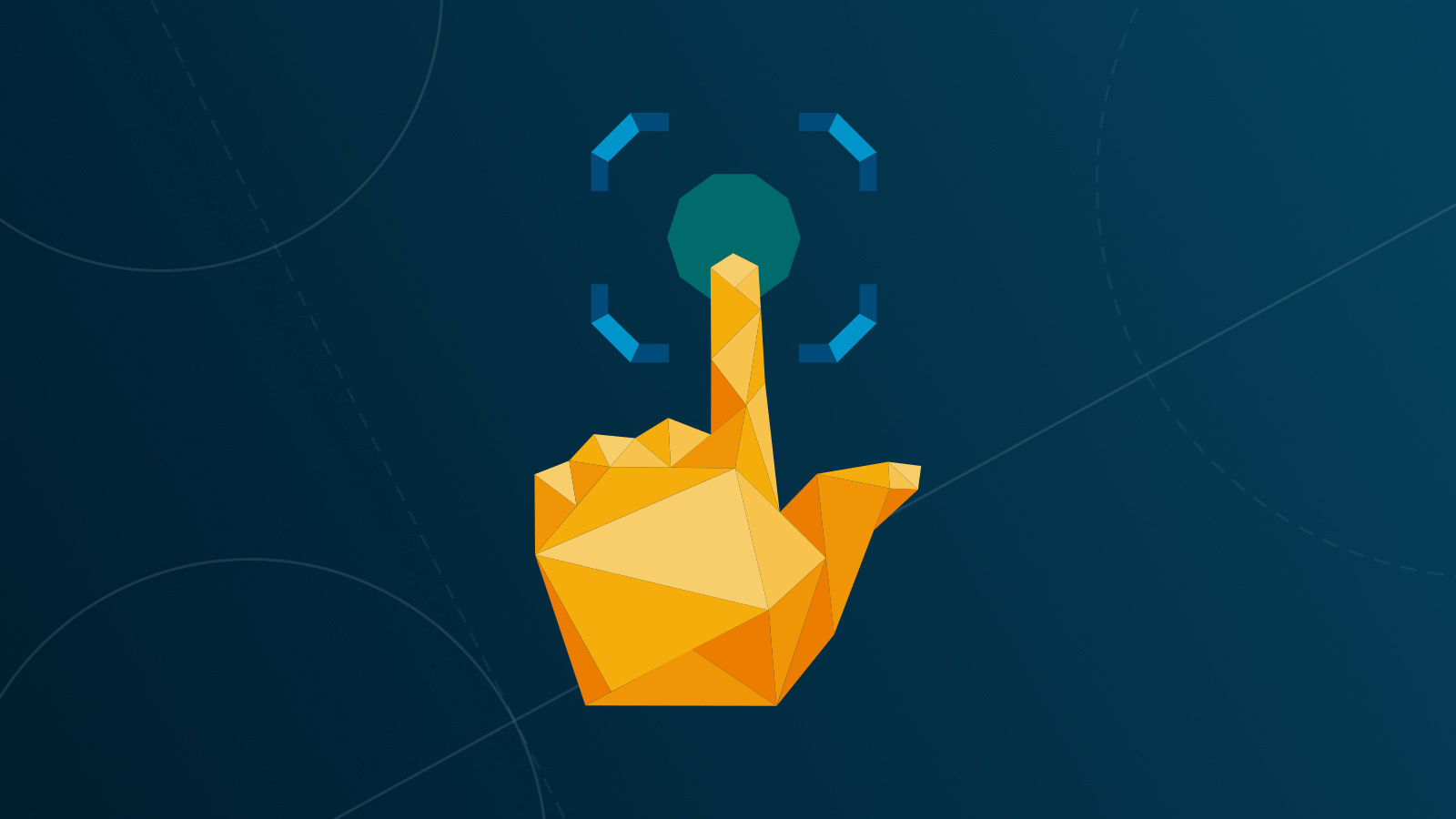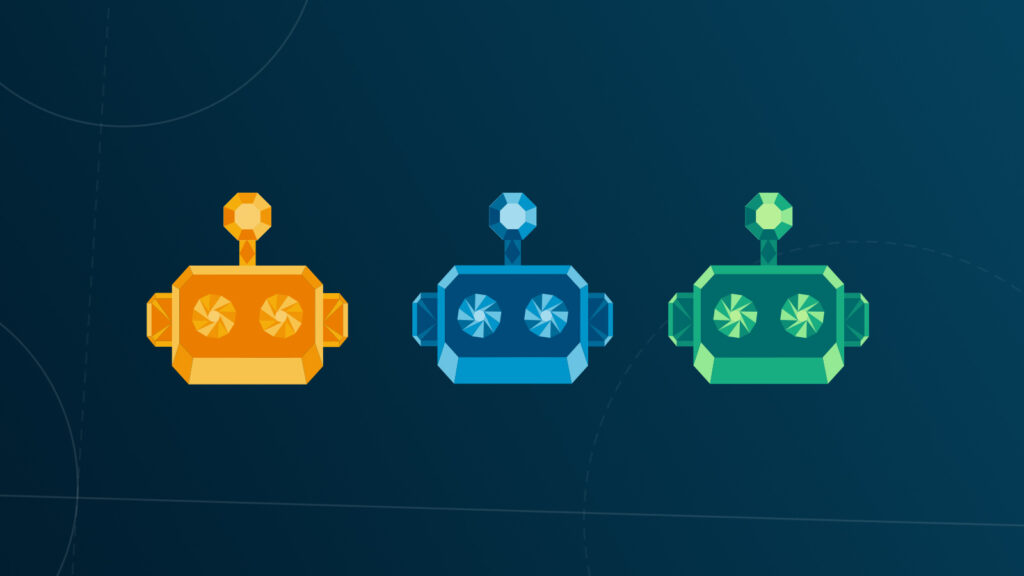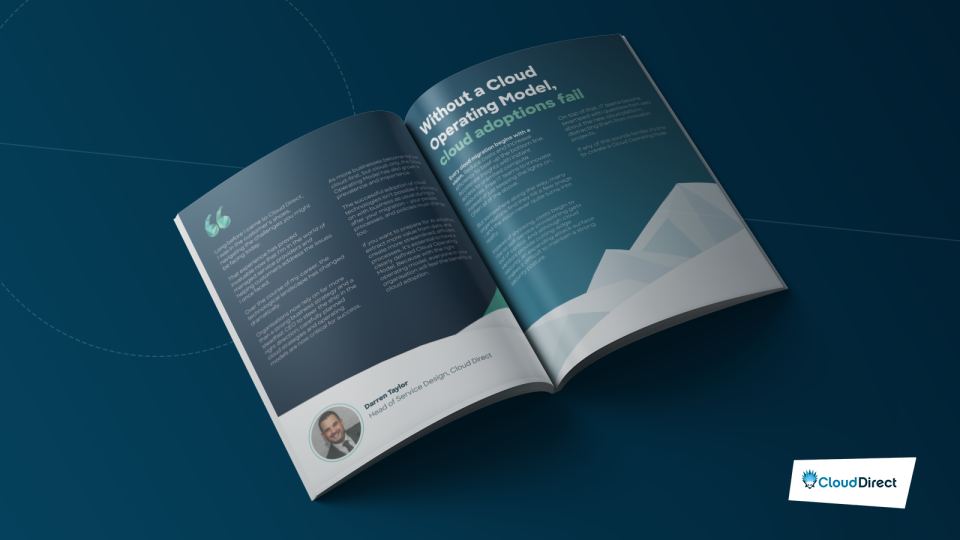
Used correctly, AI can transform your organisation’s use of data – and The Data & AI Readiness Playbook gives you a seven-stage process for doing this successfully. However, user adoption can make the difference between success and failure for an otherwise well-thought through initiative. Here we look at the issues you might face and how you can overcome them.
As technologists, we want to believe that it’s our choices and actions that make the real difference. But it’s not tools that transform business, it’s people. Survey after survey shows that it’s user adoption that is the real key to the success of your transformation project“, explains Dan Knott, Cloud Direct Data & AI Practice Lead.
Motivating employees to use new tools effectively, and measuring and managing this, is the difference between costly failure and transformative success. But before we look at how you do this, let’s consider why this might be necessary.
Why bother driving adoption?
As humans, we are essentially creatures of habit. Neurologically, our brains are wired to form habits, and they account for roughly 40-45% of our daily actions.
A new process or technology often requires us to change our behaviour – and it may seem easier to carry on as before. So, there’s also a level of inherent resistance to change that needs to be overcome.
However, as humans we also have a remarkable capacity for learning and adaptation, but we need to see the benefit of change. Subconsciously we’re asking ourselves ‘what’s in it for me?’
Where AI is involved there’s often an added mix of practical, emotional, and ethical concerns that also need resolving. Will it take my job? Will AI make decisions for me? Can I trust it? Will I be held accountable for AI errors? Will it be used to monitor me?
Unless and until people know otherwise, these are valid concerns over what AI means for employees’ roles, job security, and daily experience.
Tackling AI anxiety and engaging employees in change requires much more than good comms. It requires empathy, clear communication, visible leadership, and a people-first approach.
Initiatives with strong adoption and change management processes are six times more likely to succeed.
According to a survey by change management specialists Prosi.
How to maximise adoption
If we’re being honest, AI is a big shift and for many employees it will be a big deal. So, let’s treat it like one. Here are seven key elements of driving a successful adoption.
- Build Change Management in from the start
- Establish a formal change management programme from day one. Change Champions will play a vital role as advocates for changes and as providers of peer-to-peer support. Alongside this you need a communication strategy that clearly explains ‘why’ change is occurring as well as the ‘what’ and ‘how’.
- Acknowledge and address user concerns
- Openly acknowledge anxiety and recognise that resistance is natural and expected. Different groups of employees will have differing needs, and you may need to create safe spaces for concerns to be voiced. Address common objections head-on with clear explanations and evidence. Often resistance stems from job fears, so be transparent about how roles will evolve rather than disappear.
- Explain the benefits
- Users like clear, tangible benefits. While it’s important to explain how AI is important to the business, answering ‘What’s in it for me?’ is more important in driving adoption. Position AI as an enabler (rather than a threat) and emphasise how AI can remove tedious tasks and support better decisions. Help people to see how it augments human capability, rather than replacing it. Ideally, tailor the messaging and provide use cases that are relatable to different types of roles.
- Involve employees early and often
- Inclusion turns resistance into ownership, so invite input into how AI can be used in specific departments. Directly ask: “How and where could AI help you most?” Regularly communicate progress and share real examples of how employees are using AI to make work easier or more rewarding. Since personal stories build trust far faster than tech demos, personalise examples to celebrate people, and not just the tech. For example, ‘How AI is helping Julie to produce monthly reports in half the time’.
- Provide practical, role-relevant training
- Focus on hands-on, scenario-based training, rather than theory. Deliver the training in as many different bite-sized formats as possible to suit different learning styles: lunch-and-learns, online tutorials, quick reference guides, drop-in sessions. As a rule, when people can see the benefit, they want to know more.
- Lead by example
- If leaders are visibly seen to be using AI, others quickly tend to follow. Not only does leaders’ use signal AI’s importance, but many of us learn working behaviours and practices from those above us. Nothing builds adoption like seeing your boss on the tools.
- Measure and iterate
- Success in user adoption requires it to be seen as an ongoing journey rather than a one-time event. Track quantitatively (usage rates, task completion times, errors) and qualitatively (user satisfaction and feedback) and use this to identify adoption barriers and continuously improve.
Although this may seem like a lot of extra work, adoption is likely to be the single biggest determinant of project success. A good partner will help you to engage and involve internal comms, HR, change management and other colleagues that will help you achieve all this.
Next steps
Download a copy of The Data & AI Readiness Playbook to learn more. You’ll discover how others are preparing for and using AI, and a seven-step process to unlock the value of your business data.




